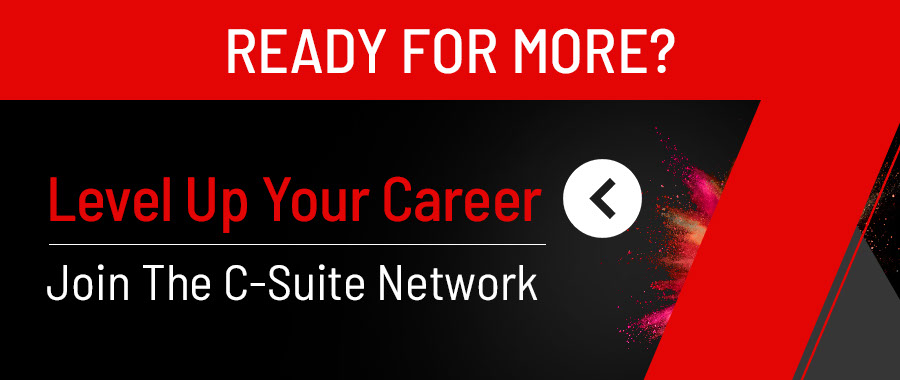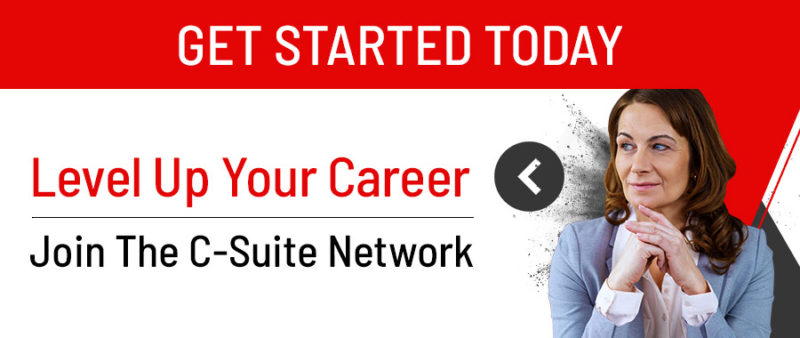Life isn’t always easy. We’ve all faced some tough times. However, the way we handle difficult situations can make all the difference.
Many of us make life even more difficult by the way we handle (or choose not to handle) our challenges. This creates additional issues that require time and energy to fix. How you handle trying times also says more about you than you may realize.
Will you let these times bring out the worst in you or the best in you?
Make it easier on yourself and get through difficult times more quickly with these strategies:
- Remember that you have more options than you realize. Part of what makes challenging times challenging is the belief that you have no options. Feeling powerless is painful. Remind yourself that you still have choices. How you choose to handle the trying situation is because you chose one of those choices available to you.
- Pay attention to all of the things that are still good in your life. You may have lost your job, but you still have your health and your family. Maybe you’re getting divorced, but you still have your friends, job, health, and your children. You get the idea. While things may look grim right now, there’s always something to be grateful for.
- What was the best thing that happened to you last year? Who has made a positive impact on your life? Make a list of at least 20 positive things in your life and then notice how much better you feel. This helps put things into a more manageable perspective.
- What we feed, grows so if you only focus on what’s not working, you’re giving it more power than it deserves. You’re also putting your focus on the problem versus the solution.

- Look for solutions. Focusing on your difficulty is natural, but ineffective. In fact, it’s draining and keeps us stuck. Decide that you’re going to find a solution. It doesn’t have to be the perfect solution. Just a decent solution moving you forward. Give yourself the time you need to brainstorm, then take action.
- Begin implementing your solution. For example, if you’re experiencing a breakup, betrayal and/or the shattering of trust, your immediate solution might include several steps:
- Are you safe? Safety and security come first
- Get support from someone who understands
- Prioritize needs like getting help with the kids, saying no to extra obligations at work, and delegating extra tasks that aren’t crucial right now
- Prioritize self-care needs like sleep and appropriate supplementation so you can think more clearly during this challenging time
- Do your best to care for those within your care-AND let them know you’re not at your best. You may have to reduce your care and attention a little. But, letting those you love know you’re not at your best lets them know you’re doing the best you can and it’s not about them.
- Try practices to release your anxiety. You can feel your anxiety in your body. Imagine opening up a door in the location you feel it and letting it all out. Try deep breathing, meditating, exercising, journaling or whatever feels like it’s helping let that tension out.
- Show appreciation when you can. Let everyone know that you appreciate their love and support-especially during this challenging time. Everyone wants to be validated, acknowledged and appreciated.
It’s not a matter of whether or not you’ll face difficult times. It’s only a matter of when. Since challenging times are inevitable, why not deal with them as effectively as possible? Strength, confidence and character never come from avoiding our challenges, they come from moving through them.
Dr. Debi
Founder and CEO, The PBT (Post Betrayal Transformation) Institute


 This takes us also to white parents and staff. I have appreciated the calls I have been on and led with parents of all backgrounds, and oftentimes the white parents and staff outnumber the black parents and staff. This makes sense given the makeup of these schools but if the black parents and staff are going to be separated or addressed in separate conversations, which happens, wouldn’t the fight for equity and equality necessitates that white, Asian, Hispanic, and Native American parents and staff be spoken to separately as well? Are schools equipped to even have that conversation? Are they ready to discuss, for example, how many private schools always use a black child as the face for the financial aid campaigns although the school may have more white students in the school on some form of financial aid? Are they ready to discuss the social networks that often form among white parents and staff that often exclude black people unless some form of representation is needed? My wife and I have had to often think twice before sending our kids to some birthday parties because we had to be sure that our kids were really invited because of friendship and not out of a desire to have diversity at a party. Examples like these are endless.
This takes us also to white parents and staff. I have appreciated the calls I have been on and led with parents of all backgrounds, and oftentimes the white parents and staff outnumber the black parents and staff. This makes sense given the makeup of these schools but if the black parents and staff are going to be separated or addressed in separate conversations, which happens, wouldn’t the fight for equity and equality necessitates that white, Asian, Hispanic, and Native American parents and staff be spoken to separately as well? Are schools equipped to even have that conversation? Are they ready to discuss, for example, how many private schools always use a black child as the face for the financial aid campaigns although the school may have more white students in the school on some form of financial aid? Are they ready to discuss the social networks that often form among white parents and staff that often exclude black people unless some form of representation is needed? My wife and I have had to often think twice before sending our kids to some birthday parties because we had to be sure that our kids were really invited because of friendship and not out of a desire to have diversity at a party. Examples like these are endless.









 I bring to my efforts world-class marketing communications experience for a Fortune 500 company, deep understanding of the LinkedIn platform (I literally wrote the book on the expression of executive brand on LinkedIn), experience working with an elite clientele, and interviewing and listening skills.
I bring to my efforts world-class marketing communications experience for a Fortune 500 company, deep understanding of the LinkedIn platform (I literally wrote the book on the expression of executive brand on LinkedIn), experience working with an elite clientele, and interviewing and listening skills. You can contact me to speak to your group either virtually or in-person on the topic of personal branding via LinkedIn. I am a member of the National Speakers Association, a Certified Virtual Presenter, an Advisor to the C-Suite Network, and Executive Leader of LeadHERship Global.
You can contact me to speak to your group either virtually or in-person on the topic of personal branding via LinkedIn. I am a member of the National Speakers Association, a Certified Virtual Presenter, an Advisor to the C-Suite Network, and Executive Leader of LeadHERship Global.  LinkedIn for the Savvy Executive-2nd Edition received BookAuthority’s “Best LinkedIn Books of All Time” award, and is a featured selection of the C-Suite Book Club. For your author-inscribed and signed book or quantity discounts, order at:
LinkedIn for the Savvy Executive-2nd Edition received BookAuthority’s “Best LinkedIn Books of All Time” award, and is a featured selection of the C-Suite Book Club. For your author-inscribed and signed book or quantity discounts, order at: 